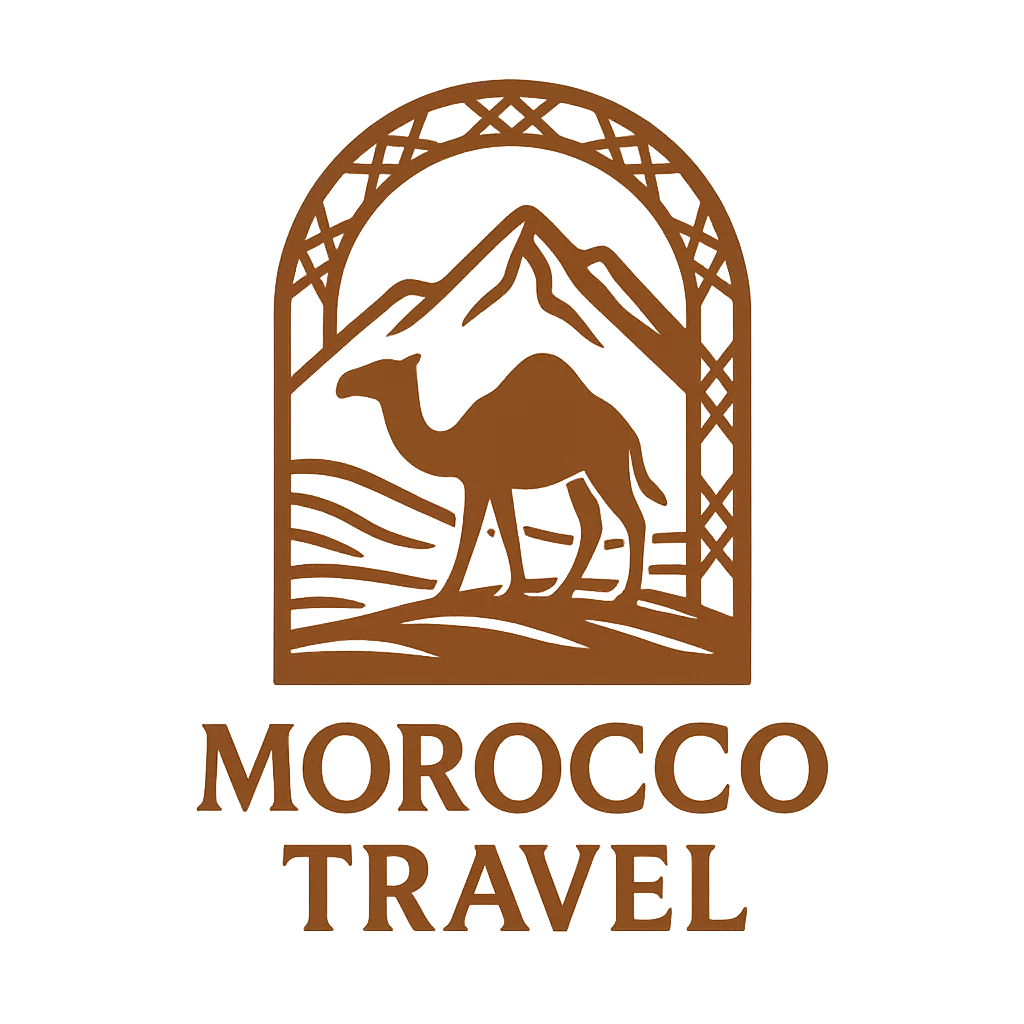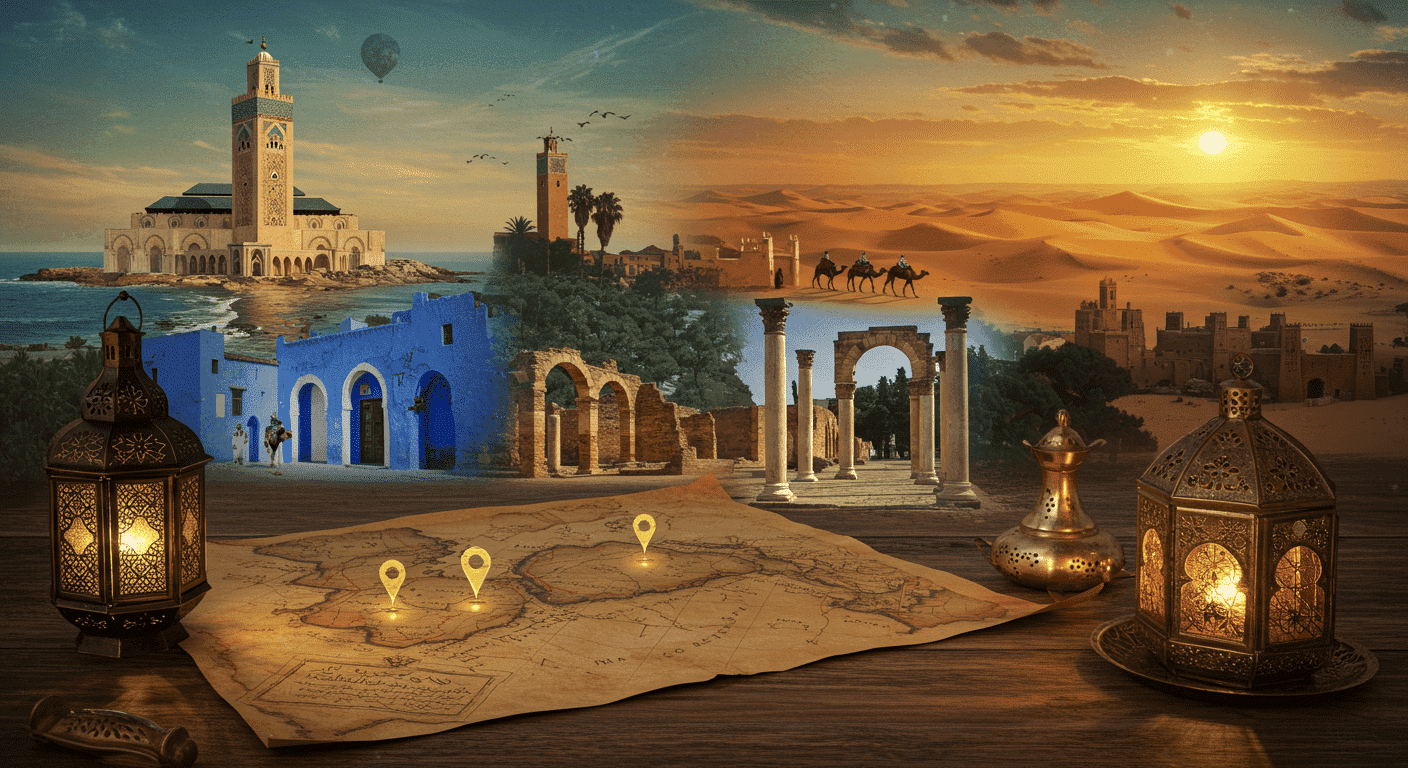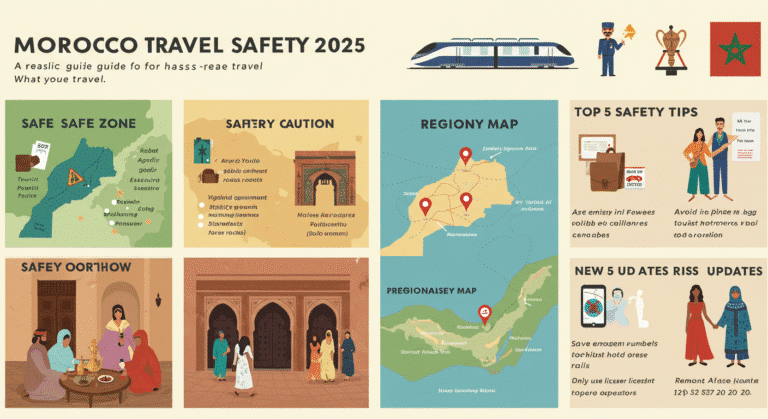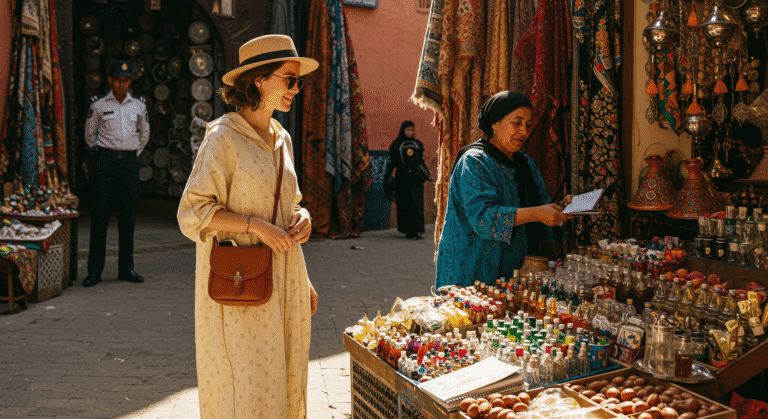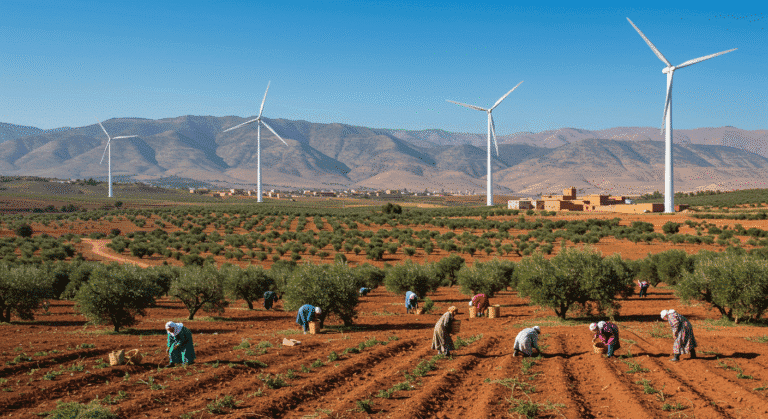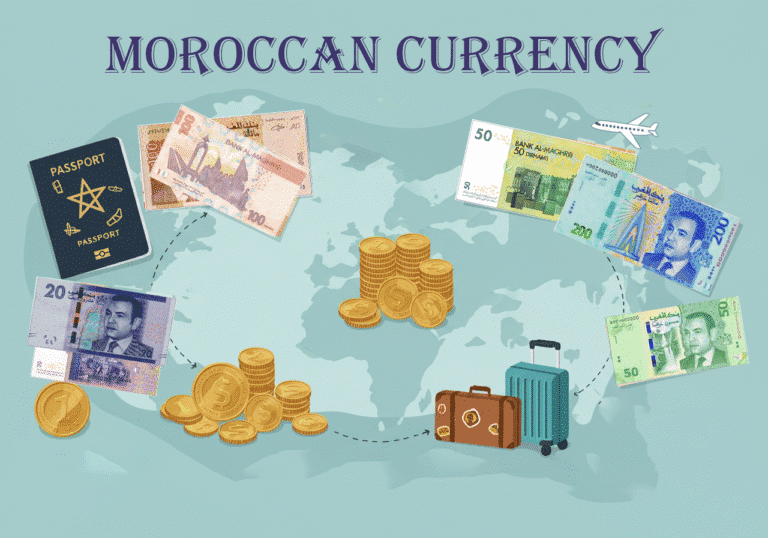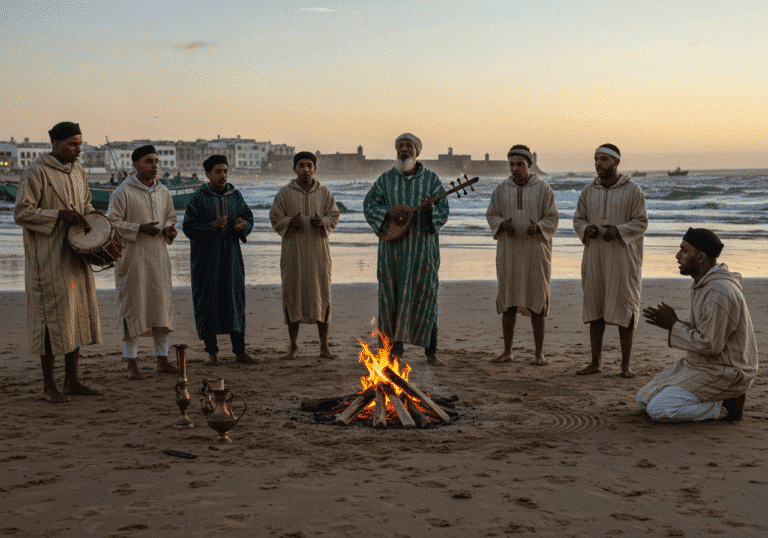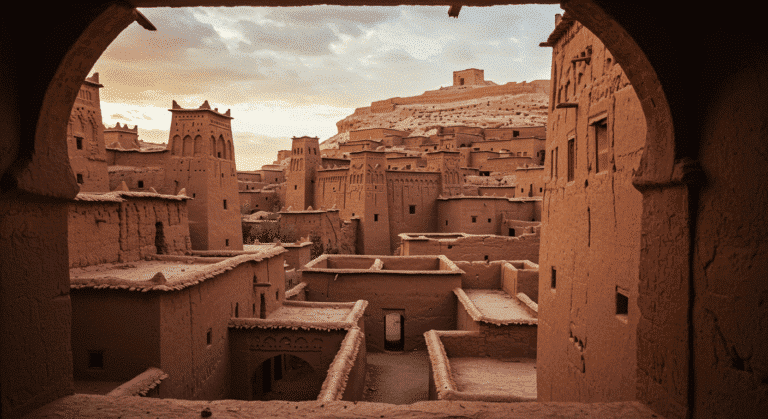Explore Morocco’s Top Historic Monuments
Morocco monuments represent one of the world’s most spectacular collections of historical architecture, blending Berber, Arab, and Andalusian influences across centuries of rich cultural heritage. From the towering Hassan II Mosque in Casablanca to the intricate Bahia Palace in Marrakech, these architectural marvels offer visitors an unforgettable journey through time and tradition.
Overview: Morocco’s Architectural Heritage
Morocco’s monuments showcase over 1,200 years of architectural evolution, representing a unique fusion of moroccan architecture styles that cannot be found anywhere else in the world. These structures demonstrate the sophisticated craftsmanship of Moroccan artisans, featuring intricate moroccan design elements including geometric patterns, colorful zellige tiles, and ornate moroccan arch formations.
The kingdom’s morocco architecture reflects diverse cultural influences, from the original Berber foundations to Islamic geometric principles, Andalusian refinement, and even French colonial touches. Each monument tells a story of Morocco’s complex history, making them essential stops for any cultural enthusiast.
Moroccan style architecture is characterized by several distinctive features: horseshoe arches, muqarnas (honeycomb vaulting), intricate stucco work, and beautiful courtyards with reflecting pools. Traditional moroccan houses often incorporate these elements on a smaller scale, creating harmony between public monuments and private residences.
Best Time to Visit Morocco Monuments
The optimal time for exploring Morocco monuments depends on your preferred climate and crowd levels. Spring (March to May) and autumn (September to November) offer the most comfortable temperatures for extensive walking and photography.
Spring Season Benefits:
- Mild temperatures averaging 20-25°C (68-77°F)
- Blooming gardens in palace courtyards
- Clear skies ideal for photography
- Fewer international tourists
Autumn Advantages:
- Comfortable weather after summer heat
- Excellent lighting conditions
- Harvest season festivities
- Perfect for extended monument tours
Summer visits (June to August) can be challenging due to intense heat, particularly in inland cities like Marrakech and Fez. However, coastal monuments in Casablanca remain more pleasant due to Atlantic breezes.
Winter months (December to February) offer cooler temperatures but may include occasional rain. This season provides excellent opportunities for intimate monument experiences with minimal crowds.
Cultural Tips for Monument Visits
Respecting Moroccan customs enhances your monument experience while showing appreciation for local culture. Understanding proper etiquette ensures welcomed access to these sacred and historical spaces.
Dress Code Guidelines:
- Cover shoulders and knees at all religious sites
- Remove shoes when entering mosque areas
- Wear modest clothing respecting Islamic traditions
- Bring a lightweight scarf for women to cover hair if requested
Photography Etiquette:
- Ask permission before photographing people
- Respect “no photography” signs in certain areas
- Avoid flash photography on delicate artwork
- Be mindful of prayer times at active religious sites
Cultural Sensitivity:
- Learn basic Arabic or French greetings
- Show respect during prayer times
- Understand that some areas may be restricted during religious observances
- Appreciate the spiritual significance of religious monuments
Tipping Practices:
- Tip local guides 50-100 MAD for detailed tours
- Small tips (10-20 MAD) for shoe guardians at mosques
- Appreciate craftsmanship demonstrations with modest tips
Must-See Morocco Monuments
Casablanca’s Architectural Gems
Casablanca represents modern Morocco while preserving significant historical monuments. The city’s attractions in casablanca blend contemporary urban development with traditional Moroccan architectural elements.
Hassan II Mosque stands as Casablanca’s crown jewel and one of the world’s largest mosques. This magnificent structure showcases the pinnacle of modern moroccan architecture, featuring a 210-meter minaret visible from throughout the city. The mosque accommodates 105,000 worshippers and demonstrates exceptional craftsmanship in marble, wood, and bronze work.
The mosque’s interior reveals breathtaking details including a retractable roof, heated floors, and laser beam pointing toward Mecca. Guided tours available for non-Muslims provide insight into Islamic architecture and Moroccan craftsmanship traditions.
Casablanca Sqala represents one of the city’s most charming historical sites. This 18th-century fortification offers visitors glimpses into Casablanca’s maritime defense history. The casablanca sqala features traditional cannons, thick defensive walls, and panoramic ocean views.
Rick’s Café pays homage to the famous film while embodying classic moroccan design principles. This upscale restaurant recreates the movie’s atmosphere within an authentic Moroccan architectural framework, featuring traditional arches, mosaic work, and period furnishings.
Notre-Dame de Lourdes Cathedral demonstrates French colonial architectural influence, featuring stunning stained glass windows created by French master Gabriel Loire. This monument represents the multicultural aspect of modern Morocco.
Marrakech’s Historic Palaces
Marrakech showcases some of Morocco’s most spectacular palatial architecture, representing centuries of royal patronage and artistic achievement.
Bahia Palace exemplifies 19th-century Moroccan palatial architecture at its finest. Built for Grand Vizier Ahmed ibn Musa, this monument features 150 rooms decorated with intricate stucco, colorful zellige tiles, and painted wooden ceilings. The palace gardens showcase traditional Islamic garden design with reflecting pools and orange trees.
El Badi Palace ruins offer insight into Morocco’s golden age during the Saadian dynasty. Once considered one of the world’s wonders, these ruins demonstrate the scale and ambition of 16th-century Moroccan architecture. The palace’s vast courtyards and sunken gardens provide dramatic settings for cultural events and festivals.
Saadian Tombs reveal exquisite funeral architecture dating to the 16th-17th centuries. Hidden for centuries and rediscovered in 1917, these tombs showcase intricate marble work, cedar wood carvings, and geometric tile patterns representing Islamic artistic traditions.
Fez’s Medieval Wonders
Fez preserves the world’s largest medieval Islamic city, featuring monuments that have remained largely unchanged for over 1,000 years.
Bou Inania Madrasa represents the pinnacle of Marinid architecture, featuring exceptional wood carving, stucco work, and marble columns. This 14th-century religious school demonstrates the sophisticated educational architecture of medieval Morocco.
Qarawiyyin Mosque and University holds the distinction of being the world’s oldest continuously operating university, founded in 859 CE. The mosque’s architecture evolved over centuries, creating a complex layering of architectural styles and periods.
Nejjarine Museum of Wooden Arts and Crafts occupies a beautifully restored 18th-century fondouk (caravanserai). The building itself serves as an architectural monument while housing exceptional collections of traditional Moroccan woodwork.
Rabat’s Royal Heritage
Morocco’s capital city combines administrative modernity with profound historical significance, featuring monuments representing both ancient and contemporary Moroccan architecture.
Hassan Tower represents one of Morocco’s most iconic morocco landmarks. This 12th-century minaret was intended to be the world’s largest mosque tower but remains unfinished, creating a poignant monument to Almohad architectural ambitions.
Mausoleum of Mohammed V showcases modern Moroccan craftsmanship while honoring traditional architectural principles. Completed in 1971, this monument demonstrates how contemporary Moroccan architects interpret classical forms for modern purposes.
Kasbah of the Udayas provides spectacular examples of Almohad military architecture. The kasbah’s walls, gates, and internal structures demonstrate sophisticated defensive design while maintaining aesthetic beauty through geometric decoration and proportional harmony.
Transportation Between Monument Sites
Efficient transportation planning maximizes your time exploring Morocco monuments while minimizing travel stress and costs.
Inter-City Transportation:
- High-speed Al Boraq train connects Casablanca, Rabat, and Tangier
- Regular train services link major monument cities
- Private car hire offers flexibility for complex itineraries
- Organized tours provide expert guidance and transportation
Urban Transportation:
- Petit taxis for short distances between nearby monuments
- Walking tours ideal for medina monument clusters
- Horse-drawn carriages (caleches) for romantic monument tours
- Bicycle rentals in cities with appropriate infrastructure
Professional Guide Services:
- Licensed guides provide historical context and cultural insights
- Multilingual guides available in Arabic, French, English, and Spanish
- Specialized architectural guides for technical monument discussions
- Photography guides familiar with optimal lighting and angles
What to Pack for Monument Tours
Proper preparation ensures comfortable and productive monument visits while respecting local customs and climate conditions.
Essential Clothing:
- Comfortable walking shoes with good support
- Lightweight, breathable fabrics for hot climates
- Modest clothing covering shoulders and knees
- Light sweater or jacket for air-conditioned interiors
- Sun hat and sunglasses for outdoor monuments
Photography Equipment:
- Camera with extra batteries and memory cards
- Portable phone charger for GPS and photography
- Lens cleaning supplies for dusty conditions
- Tripod for architectural photography (where permitted)
Practical Items:
- Reusable water bottle for hydration
- Small backpack for carrying essentials
- Cash in small denominations for tips and admissions
- Photocopies of important documents
- Basic first aid supplies
Cultural Preparation:
- Guidebook or mobile app with monument information
- Language phrase book or translation app
- Respect for local customs and photography restrictions
- Patience for different paces of life and service
Frequently Asked Questions
Are all Morocco monuments open to non-Muslim visitors?
Most historical monuments welcome all visitors, though some active mosques restrict access to Muslims only. The Hassan II Mosque in Casablanca offers guided tours for non-Muslims, making it an exceptional opportunity to experience Islamic architecture from within.
What are the typical admission fees for Morocco monuments?
Admission fees vary widely, from 10-20 MAD for smaller sites to 120-140 MAD for major attractions like Bahia Palace. Many monuments offer student discounts with valid identification, and some provide group rates for organized tours.
How much time should I allocate for each major monument?
Plan 1-2 hours for most palace complexes, 30-45 minutes for smaller monuments like tombs or madrasas, and 3-4 hours for comprehensive mosque tours including guides and photography time.
Can I hire professional photography guides at monument sites?
Yes, many sites offer specialized photography guides familiar with optimal lighting conditions, architectural details, and cultural sensitivities regarding photography restrictions.
What should I know about visiting monuments during Ramadan?
Monument hours may be modified during Ramadan, with some sites closing earlier or adjusting tour schedules. Religious sites maintain particular reverence during this holy month, requiring extra cultural sensitivity.
Are Morocco monuments accessible for visitors with mobility challenges?
Accessibility varies significantly between monuments. Modern sites like Hassan II Mosque offer excellent accessibility, while historic medina monuments may present challenges with stairs, uneven surfaces, and narrow passages.
How can I learn more about Moroccan architectural techniques?
Many monuments offer specialized architectural tours explaining construction techniques, artistic traditions, and historical evolution. Artisan workshops in cities like Fez provide hands-on demonstrations of traditional crafts.
Plan Your Morocco Monument Adventure
Morocco monuments offer travelers an extraordinary journey through architectural history, cultural traditions, and artistic excellence spanning over a millennium. From the grandeur of royal palaces to the intimacy of neighborhood mosques, these structures provide windows into Morocco’s complex and fascinating heritage.
Planning your monument itinerary requires balancing major attractions with hidden gems, allowing sufficient time for both structured tours and spontaneous discoveries. Consider seasonal variations, cultural events, and personal interests when designing your perfect Moroccan architectural adventure.
Ready to explore Morocco’s magnificent monuments? Contact our expert travel consultants to design a personalized itinerary showcasing the kingdom’s most spectacular architectural treasures. Subscribe to our newsletter for exclusive monument access tips, seasonal photography guides, and insider cultural insights that will transform your Morocco experience from ordinary tourism into extraordinary cultural immersion.
Book Your Morocco Monument Tour Today and discover why these ancient wonders continue to inspire travelers from around the world.
Explore Our Complete Morocco Travel Guide for comprehensive planning resources and expert recommendations tailored to your interests and travel style.
